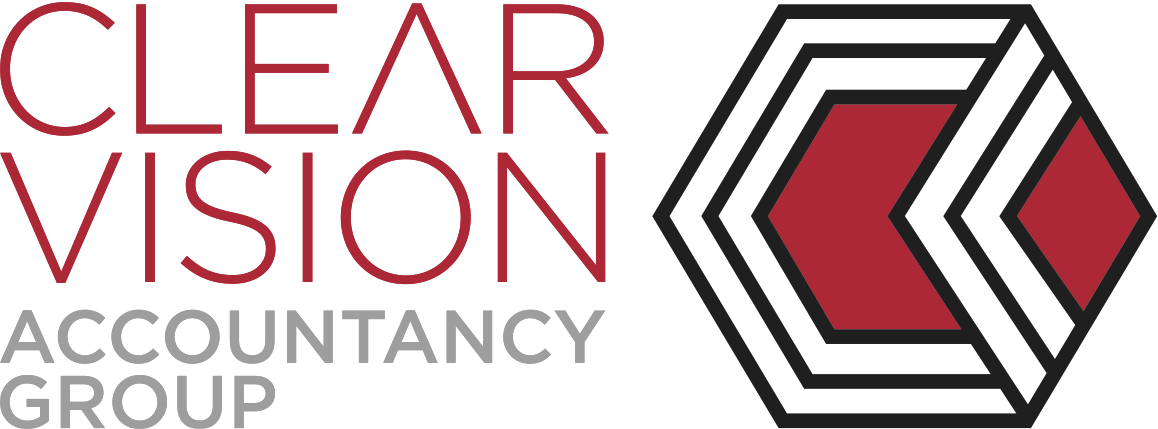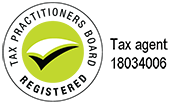The Daily Huddle
Do You Huddle?
Any time there are 2 or more people involved in a business or partnership communication challenges will surface. Just ask anyone who is married!
A daily huddle could be the answer to your communication woes!
When 2 or more people are involved in business, communication is imperative.
That’s why I emphasise the importance of a daily, weekly, monthly, quarterly and annual meeting rhythm — particularly a 15 minute Daily Huddle of the leadership team.
This daily habit will improve the pace of decision making and save leaders an hour or more daily. It also focuses the collective intelligence of the leadership on the issues at hand and leverages the power of peer pressure to drive results.
Teams that huddle daily interrupt each other considerably less during the day. Meeting daily provides a fixed time for focused discussion of ideas and issues and helps reduce team member distraction from lingering issues.
The agenda should remain consistent containing only 3 items – what’s up for the next 24 hours, daily measures, and items which are causing team member to become “stuck”. This meeting should not be used for problem solving but rather for problem identification – this is an opportunity to set a time when problems will be discussed with relevant team members.
Attendance should be mandatory and if the meeting is held at an odd time like 10.07am it generally keeps people getting there on time.
If you need any inspiration on how to start a huddle in your business please call me.
Cheers
Justin
The post The Daily Huddle appeared first on Clear Vision Accountancy Group.





